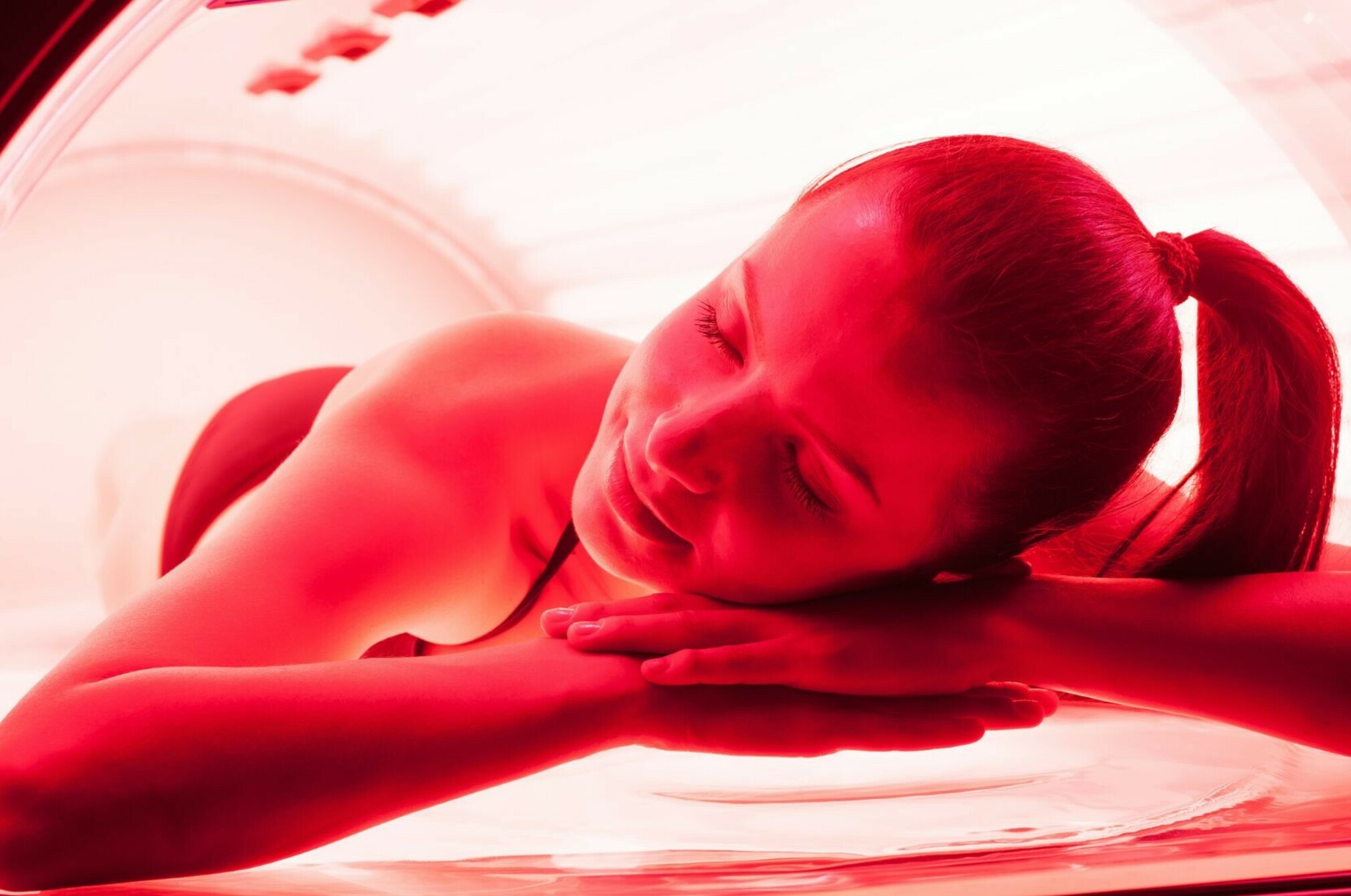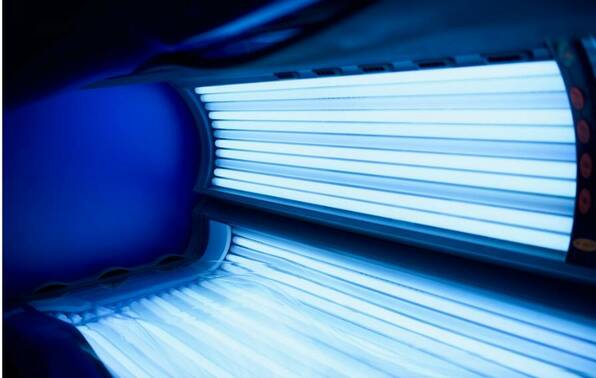Do red light therapy beds work? We asked the experts

Anti-aging, fighting depression and anxiety, and full body detoxification are some of the benefits claimed by red light therapy beds. Do the claims stack up and are they safe? To find out, we asked 2 dermatologists.

During our mystery shopping survey of sunbed operators, one operator asked our shopper if she had considered a collagen bed (officially known as a red light therapy bed). They told her it was “good for skin issues” and “pain and surgery recovery” and had “nothing to do with ultra-violet”.
I was intrigued. I discovered that other sunbed operators and tanning businesses also offer red light therapy beds. While red light therapy doesn’t claim to help with tanning, the list of claims was long, including that they were “completely safe” and “UV free”.
I asked dermatologists Dr Paul Le Grice and Dr Louise Reiche about the safety and benefits of red light therapy beds.
What is a red light therapy bed?
A red light therapy bed looks like a sunbed. But, instead of UV rays, the bed emits red and near-infrared light. This gives the tubes their red or pink appearance, rather than the blue hue you get from a sunbed. A session on a red light therapy bed will set you back around $30 for 20 minutes.
Red light usually has wavelengths of 610 to 700 nanometres, which penetrate deeply into the skin. The wavelengths are absorbed by the cells in your body and help them function better.
Do the claims stack up?
Studio 128’s website claims the benefits of red light therapy include “increased immunity”, “wound healing and tissue repair”, “fighting depression and anxiety” and “anti-aging effects for skin and hair loss”.
The Hi Gorgeous website claims numerous benefits, including “full body anti-aging and deep skin rejuvenation”, “full body detoxification” and “weight loss”.
Other claims we found include “reduce wrinkles and fine lines”, “speed up the wound healing process”, “reduce scarring post-surgery” and “stimulates the body’s own production of collagen”.
However, Dr Le Grice said some of the claims being made about these red light therapy beds are dubious.
“There’s no good evidence for many of the claims Consumer NZ found on websites. For example, that red light therapy can speed recovery from exercise, fight depression and anxiety or increase fat loss. And while there’s some evidence of increased collagen production in skin cells when examining skin under the microscope, this may not translate to any visible changes.”
When it comes to detoxing claims, health experts we’ve spoken to said you don’t need to cleanse or detoxify the body. Detoxification happens continually and naturally. The kidneys, liver and skin are all detoxing organs, as we discussed in our investigation into detox kits.
Dr Le Grice said red light therapy and low-level laser therapy (which often uses red and near-infrared light) may stimulate the cells to produce chemicals that can assist the healing process.
“However, there is a credibility gap that needs to be overcome before this type of therapy is routinely used by dermatologists.”
Dr Reiche says she finds it mysterious that companies promoting red light therapy claim it promotes collagen.
“Red light penetrates deeply into the skin … and actually breaks down collagen – as well as causing other skin harms.”
Are red light therapy beds safe?
Dr Le Grice said, unlike sunbeds, there’s minimal risk using a red light therapy bed, as long as your eyes are protected. This is because the light is delivered at a very low level and no heat is generated.
However, if you’re sensitive to light, have a health condition or are taking medication it’s best to check with your healthcare provider first.
Dr Reiche said it’s also important to confirm with the operator that the bed you’re using isn’t a collarium – a sunbed that emits both UV radiation and a mix of wavelength colours to produce a pink or red light.
In Australia, public health experts have been warning consumers against using collariums. Sunbeds are banned in that country, but collariums have been found in tanning and beauty salons in several states.

We're calling for a ban on sunbeds in New Zealand
Using a sunbed to get a tan is risky for anyone. But for people with fair skin and those under 18 years old, the potential for lasting and serious damage increases.
Member comments
Get access to comment